Each year, 200 000 seabirds die in the froth and foam of European waters alone, accidentally caught in the fishing nets of European fleets. And given the highly migratory journey of these seabirds and indeed European fishing fleets, these deadly fishing activities don’t stop in European waters.
It is estimated that about 25% of European fishing activities take place outside European waters, including in West and Northern Africa. There, the pressure put on marine life and ecosystems due to fishing activities is just as alarming and devastating.
Bottom trawlers, pelagic trawlers and surface longliners are the main fishing vessels guilty of seabird and marine turtle bycatch in Europe, and are also the most present in West African waters. Due to overfishing of its own resources, the European Union is spreading dangerous fishing practices in the search for more fruitful fishery in African waters.
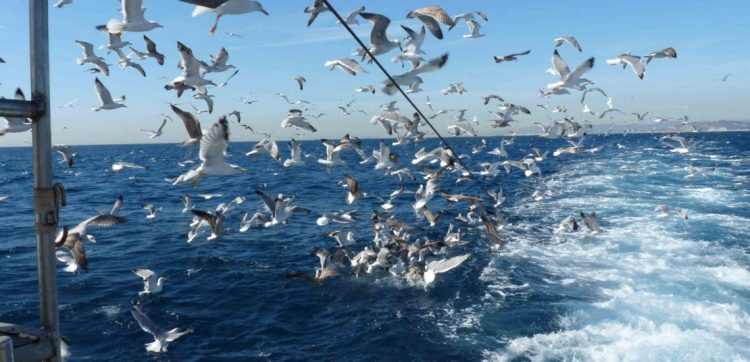
Highly migratory species, such as the Sabine’s Gull, are attracted to these fish-rich waters and in the absence of technical mitigation measures put in place, they seize the opportunity to have a hearty meal by trying to feed on the longliners’ baits or by diving to catch the fish gathered by trawlers or gillnets. More often than not, this turns out to be their last supper.
In 2012, the EU acknowledged in its Seabird Plan of Action that also in non-EU, waters “longlines and trawls are responsible for a high number of incidental catches of seabirds leading to widespread concern over the long-term ecological effects of populations”. Furthermore, some of these are significant numbers – and sometimes even entire European populations – of certain European seabird species that overwinter in the Canary Current Large Marine Ecosystem, including the blue-eyed plunge-diving Northern Gannet and the piratical Arctic Skua.

For this reason, the Common Fisheries Policy aims to regulate the fishing activities of the European fleet outside European waters in the same way as inside European waters. It stipulates very clearly that the European external fleet has the strict obligation to respect EU environmental standards. This includes the killing or capturing of birds protected under the Birds Directive, even if accidentally. Therefore, all European fishing vessels accidentally bycatching protected European in West and North Africa are in direct violation of European law.
Between 2008 and 2015, it is estimated that around 22,085 authorisations were given to the European external fleet to fish outside EU waters under multilateral or bilateral agreements. Among these agreements, “Sustainable Fisheries Partnership Agreements” allow the Union to access a partner country’s fish resources in exchange for technical and financial contributions. Although this type of agreement aspires to be fairer to the partner country, there is little control and monitoring of their conditions, and of EU environmental standards. Furthermore, little information is available on how this “access money” is spent.
The lack of control over these so-called “sustainable” agreements is only the tip of the iceberg. Private fisheries agreements are also being made behind closed doors between private European fishing companies and non-EU countries, often unbeknownst to the European Commission. These agreements escape any form of control, and the EU vessels’ obligation to collect data on seabird bycatch is ignored in the midst of these shady activities. Illegal, unreported and unregulated (IUU) fishing is common practice in West Africa, and with the European fleet unfortunately being a significant contributor to this, the responsibility of the EU in the decline of seabirds caused by bycatch is paramount.
More data is needed to better understand the magnitude of this international problem. BirdLife Europe and BirdLife Africa are working hand-in-hand with a wide range of partners throughout West and North Africa to build a deeper understanding of the interactions between seabirds and fishing gear.

For this to be possible, European policymakers, national governments, the fishing industry and fishers must assume responsibility to ensure that data on the bycatch of seabirds and sea turtles occurring outside European waters is systematically and efficiently collected and reported. This can be done through the mandatory presence of observers on board the vessels and with an electronic and centralised collection system.
New solutions based on research are still being developed, adding to others which already exist. For instance, BirdLife Europe has already identified tory lines, night setting, line weighting or spatial measures as effective and inexpensive ways to support fisheries to help our rich and fragile marine ecosystem survive.
It is essential to ensure that these mitigation measures are implemented through increased control of the external European fleets, in particular through strict follow-up of fishing authorisations granted by Member States. The European Union needs to openly finance transparent fisheries agreements to conform with the level of its ambitious environmental policy, which in turn strengthens the role of the European Fisheries Control Agency, and respects its commitments through the International Commission for the Conservation of Atlantic Tunas (ICCAT) and many other international conventions (CMS, CBD, UNCLOS) towards a better ocean governance.
This article was first published by BirdLife International on 28 Jun 2018.
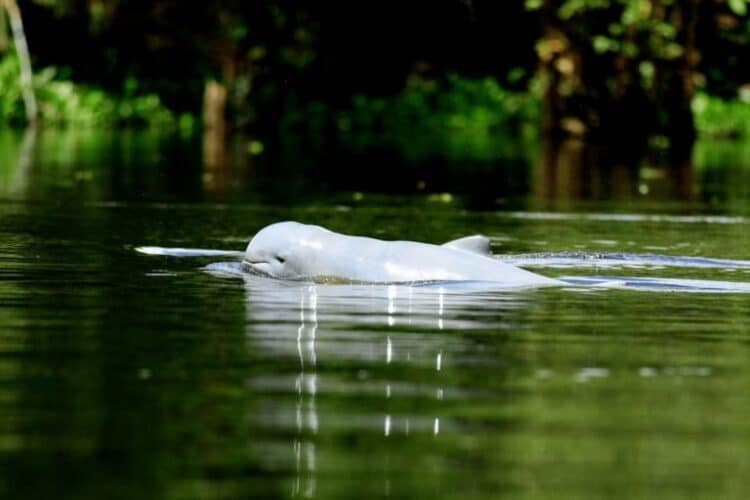
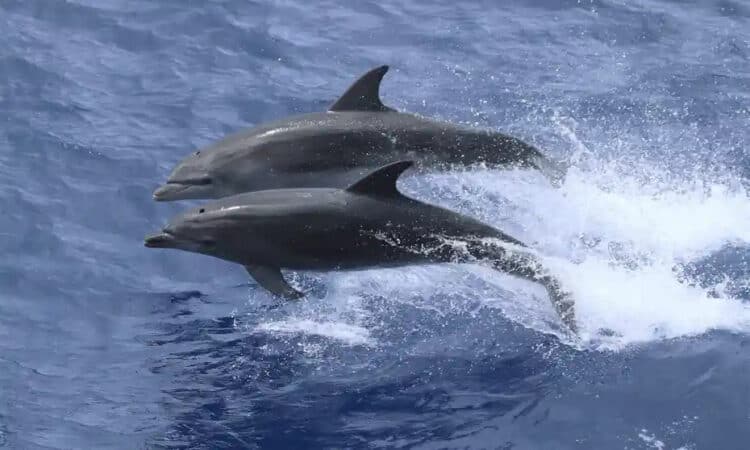
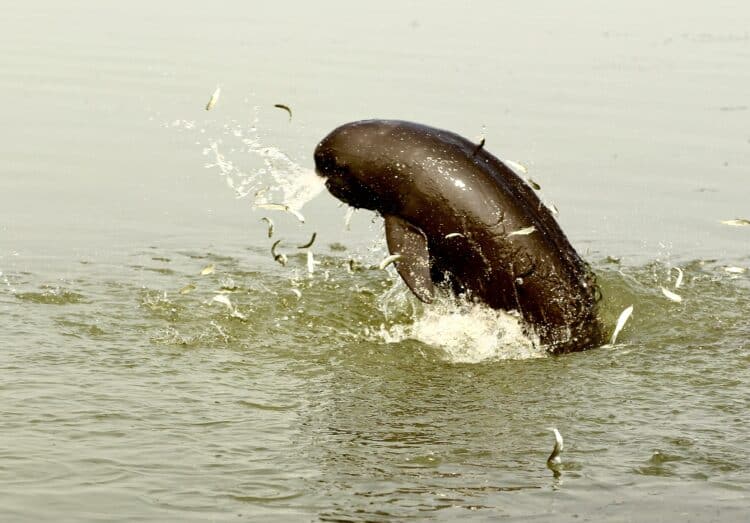

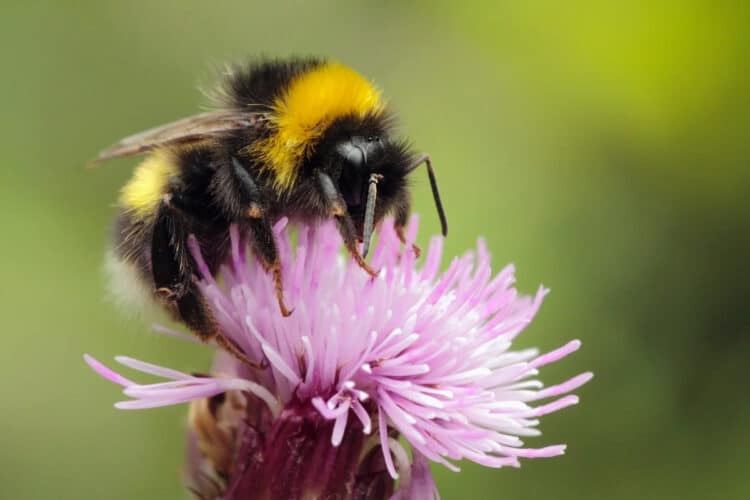

Leave a Reply